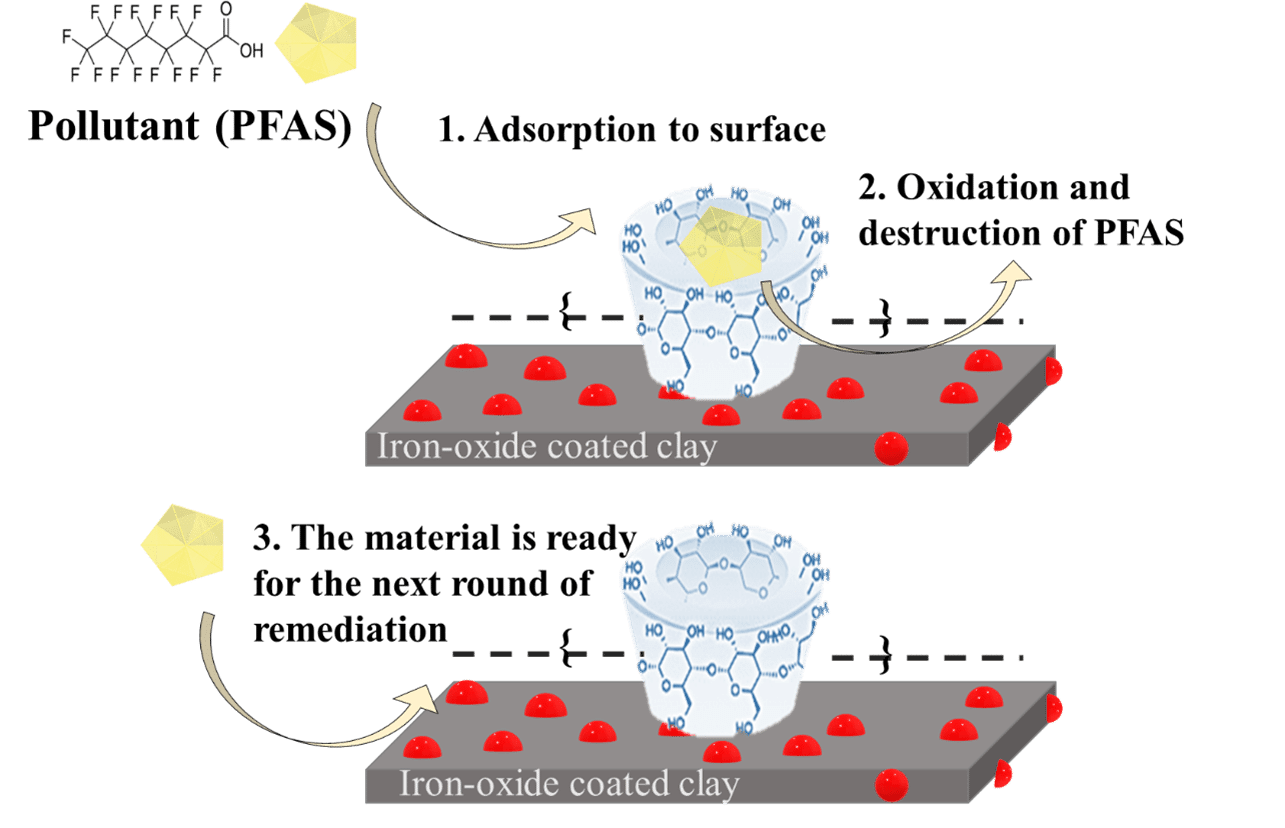Dr. Adi Radian and post-doctoral student Dr. Samapti Kundu of the Faculty of Civil and Environmental Engineering at the Technion-Israel Institute of Technology have developed an innovative technology for removing dangerous pollutants from drinking water.
Follow Israel Hayom on Facebook, Twitter, and Instagram
PFAS (Per- and Polyfluoroalkyl Substancesis) is a family of pollutants also known as "forever chemicals" because of their chemical stability and environmental persistence. PFAS substances can be found in various products ranging from non-stick pan coating to water-repellant additives. The forever chemicals find their way into groundwater through agricultural irrigation that uses treated wastewater and when fire-fighting substances seep into the soil.
Once in the ground, PFAS pollutants contaminate drinking water sources, leading to increased human exposure, which according to international studies can lead to cancer, heart and liver disease, fertility problems, birth defects, and damage to the immune system.

Israel now monitors these substances, and last summer stopped pumping potable water in the region surrounding Haifa after a large concentration of PFAS was identified in the area.
It is fairly simple and inexpensive to remove PFAS chemicals from drinking water. The downside of the existing methods is that they are inefficient, and also that they do not eliminate the pollutants – they transfer them from the water to absorbent material.
Another disadvantage to the technology currently in use is that they can wind up removing substances that are essential for public health.
The new Technion research, published in Chemical Engineering Journal, examined the possibility of combining two new solutions – the use of oxidation processes and targeted polymers – that to date have not demonstrated satisfactory results, then applying advanced oxidation processes to eliminate the chemicals.
The findings indicate that proper planning leads to high efficiency under a wide range of acidity (pH) and salinity. The method depicted in the article demonstrates the removal of seven types of PFAS – even when all of them are found in the same unit of fluid – at a level of efficiency that approaches 90%, within a few minutes.
The system described in the article is based on safe and inexpensive natural materials. The researchers used soil minerals – iron oxides and clays – in combination with cyclodextrin polymers. The clay-iron-polymer composites act as accelerators that confine the PFAS on the water surface and then accelerate the oxidation process that reduces the pollutants into non-toxic substances (fluoride ions, water, and carbon dioxide). This combination efficiently removes the PFAS and does not release unwanted substances in water used for drinking.
In their article, the researchers show that this system makes complementary processes such as heating, UV radiation, and using sound waves unnecessary.
The research was conducted in the Soil Chemistry Laboratory in the Faculty of Civil and Environmental Engineering. The researchers wish to thank the Lady Davis Foundation for Samapti Kundu's post-doctoral research grant.
Subscribe to Israel Hayom's daily newsletter and never miss our top stories!




